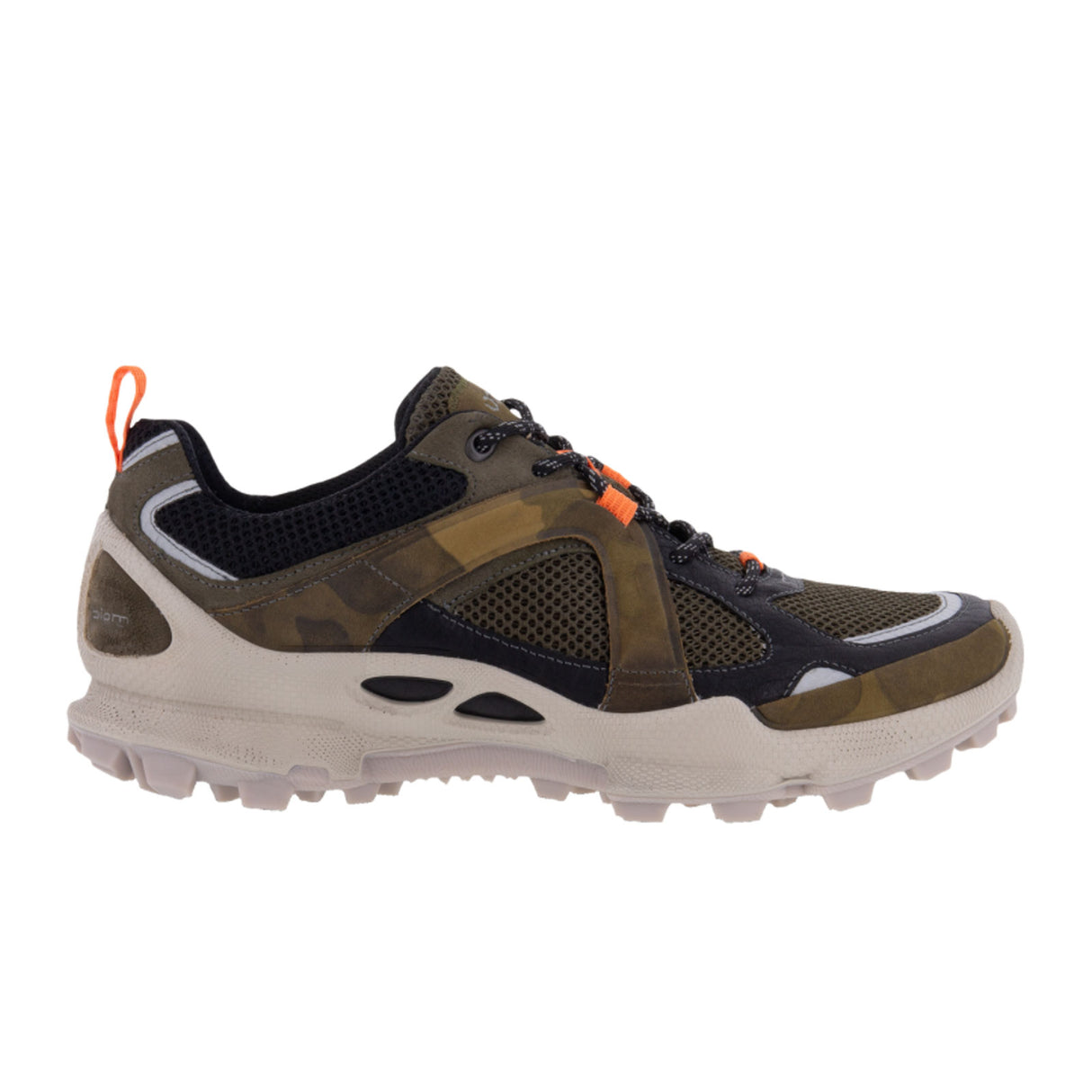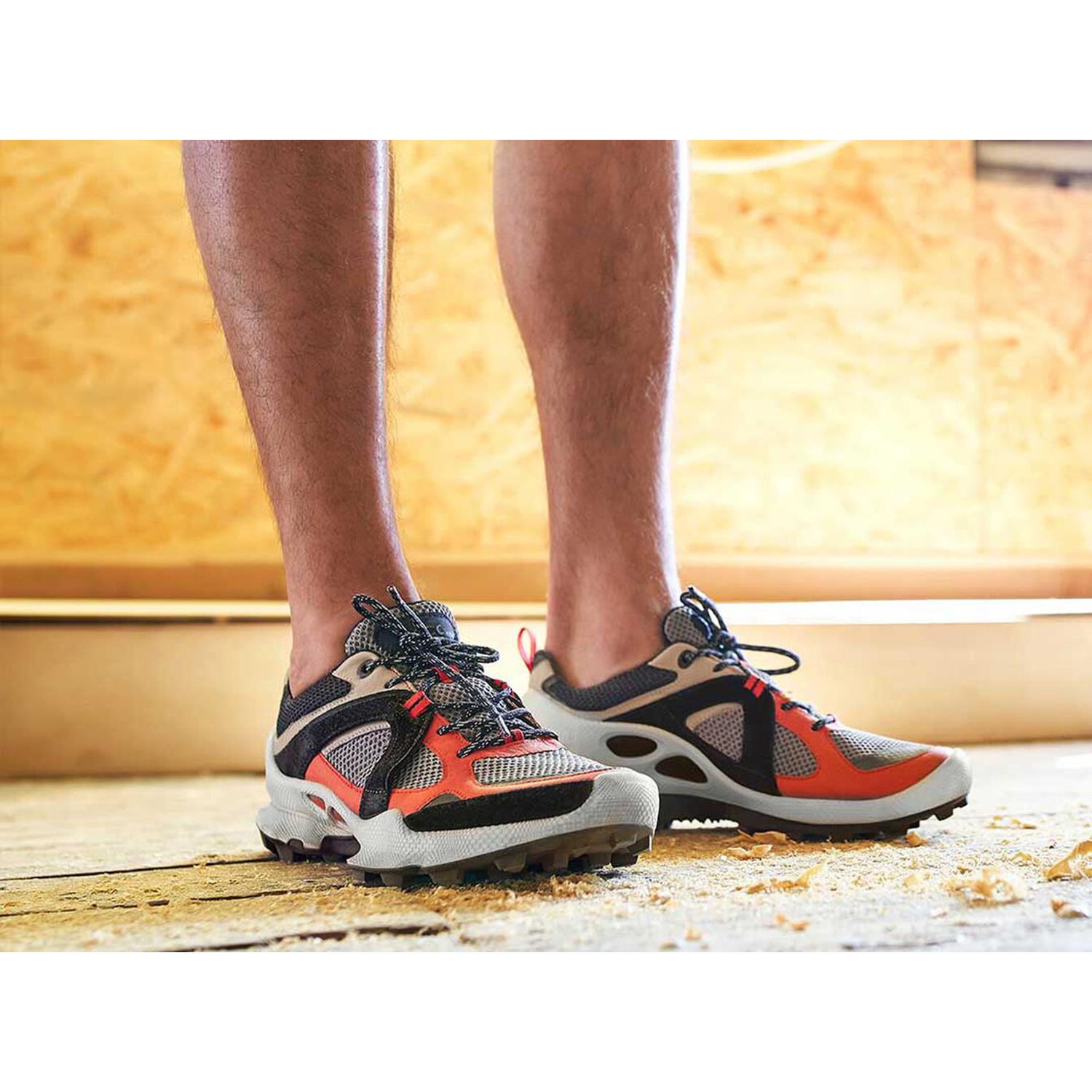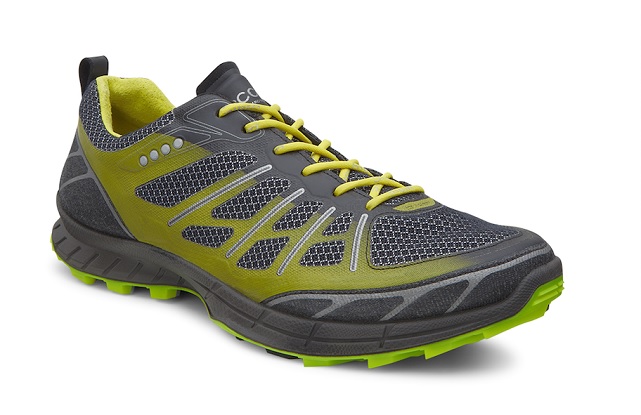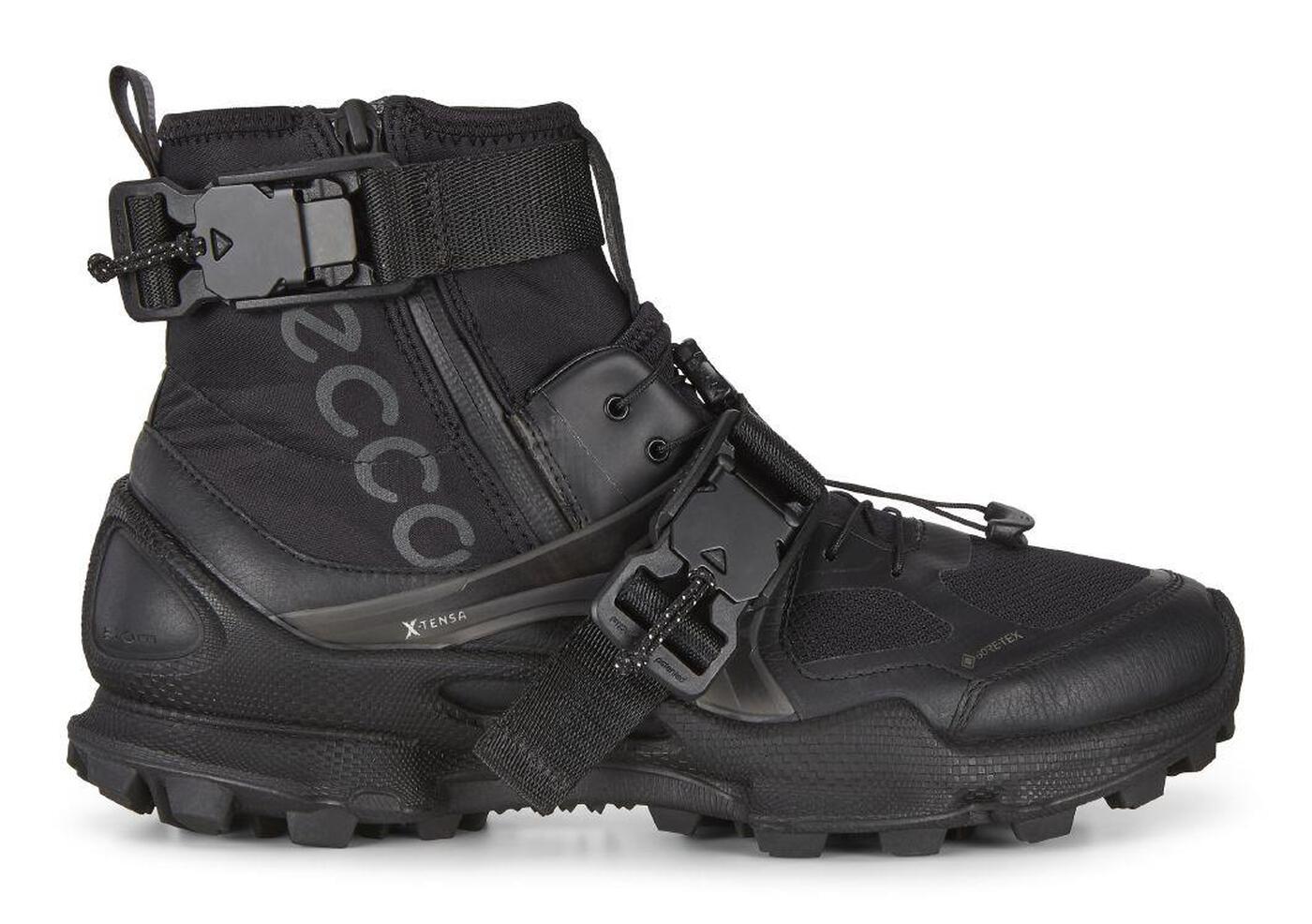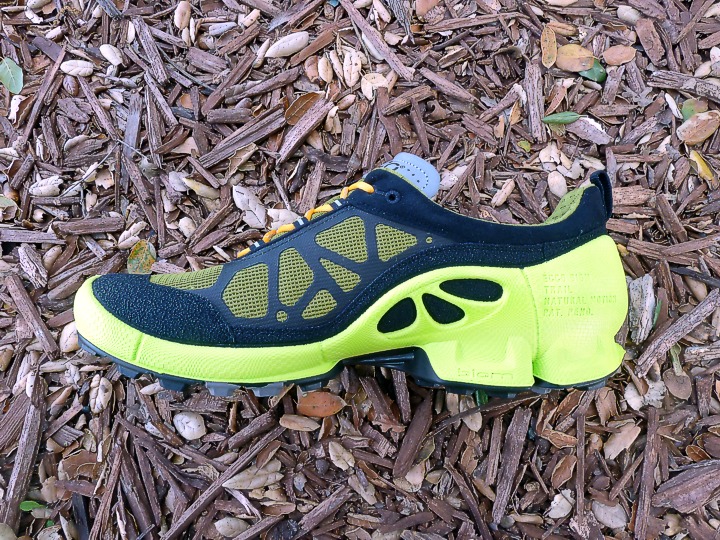
ECCO Biom C-Trail M Tex (803124-51052) 803124-51052 £98.78 Sneaker Peeker - The Best Discounts! - Footwear, Apparel & Accessoriess | Street, Trekking, Sport, Lifestyle

Amazon.com | ECCO Women's Biom 2.1 Low Cross Mountain Waterproof Trail Running Shoe, Black/Magnet/Black, 4-4.5 | Trail Running

ECCO Women's BIOM 2.1 X COUNTRY Trail Runner - Beige | Discount ECCO Ladies Shoes & More - Shoolu.com | Shoolu.com



